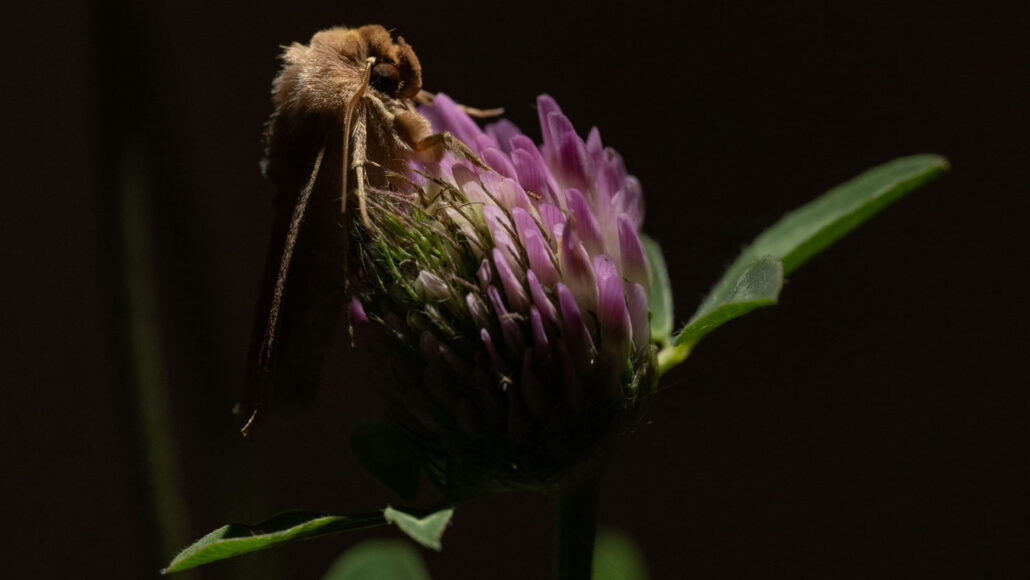artificial intelligence: A type of knowledge-based decision-making exhibited by machines or computers. The term also refers to the field of study in which scientists try to create machines or computer software capable of intelligent behavior.
biologist: A scientist involved in the study of living things.
biology: The study of living things. The scientists who study them are known as biologists.
climate: The weather conditions that typically exist in one area, in general, or over a long period.
climate change: Long-term, significant change in the climate of Earth. It can happen naturally or in response to human activities, including the burning of fossil fuels and clearing of forests.
colleague: Someone who works with another; a co-worker or team member.
crop: (in agriculture) A type of plant grown intentionally grown and nurtured by farmers, such as corn, coffee or tomatoes. Or the term could apply to the part of the plant harvested and sold by farmers.
insect: A type of arthropod that as an adult will have six segmented legs and three body parts: a head, thorax and abdomen. There are hundreds of thousands of insects, which include bees, beetles, flies and moths.
livestock: Animals raised for meat or dairy products, including cattle, sheep, goats, pigs, chickens and geese.
nocturnal: An adjective for something that is done, occurring or active at night.
pollinate: To transport male reproductive cells — pollen — to female parts of a flower. This allows fertilization, the first step in plant reproduction.
pollinator: Something that carries pollen, a plant’s male reproductive cells, to the female parts of a flower, allowing fertilization. Many pollinators are insects such as bees.
species: A group of similar organisms capable of producing offspring that can survive and reproduce.
time-lapse camera: A camera that takes single shots of one spot at regular intervals over a prolonged period. Later, when viewed in succession like a movie, the images show how a location changes (or something in the image changes its position) over time.








